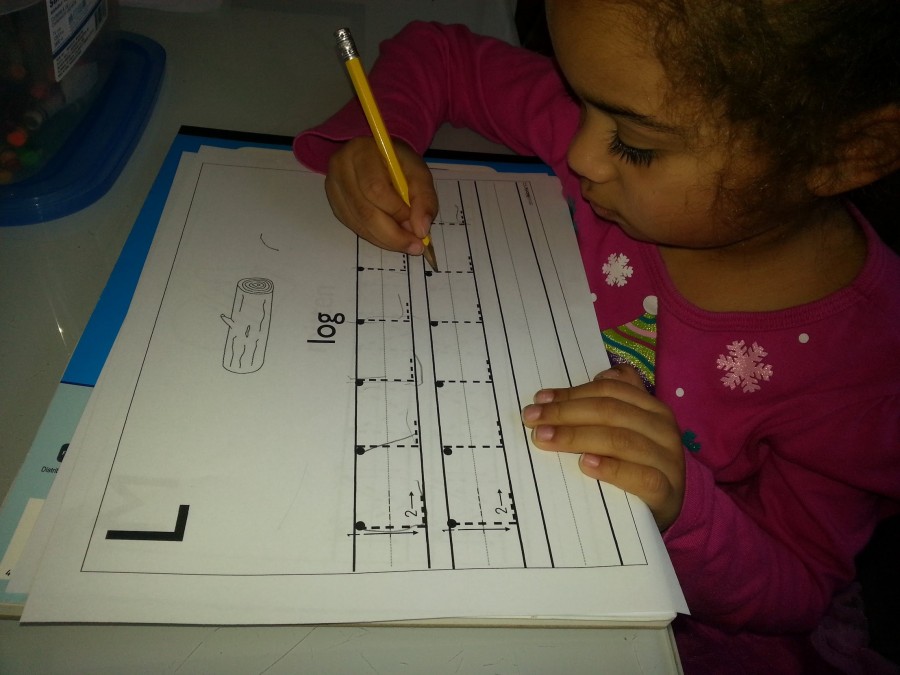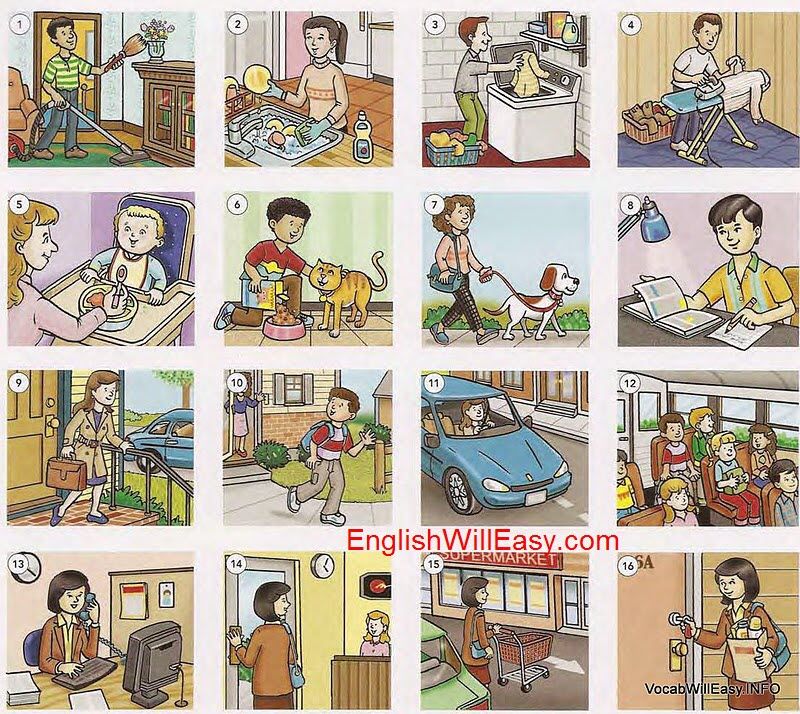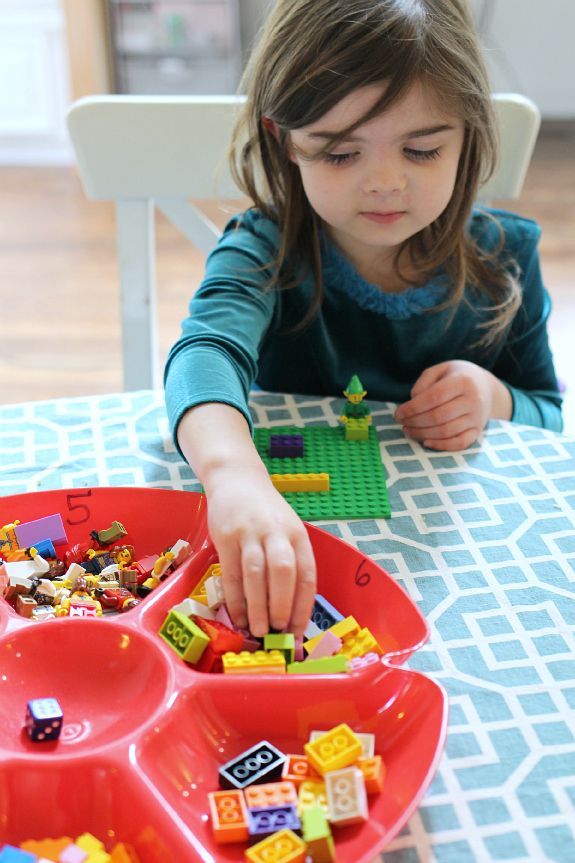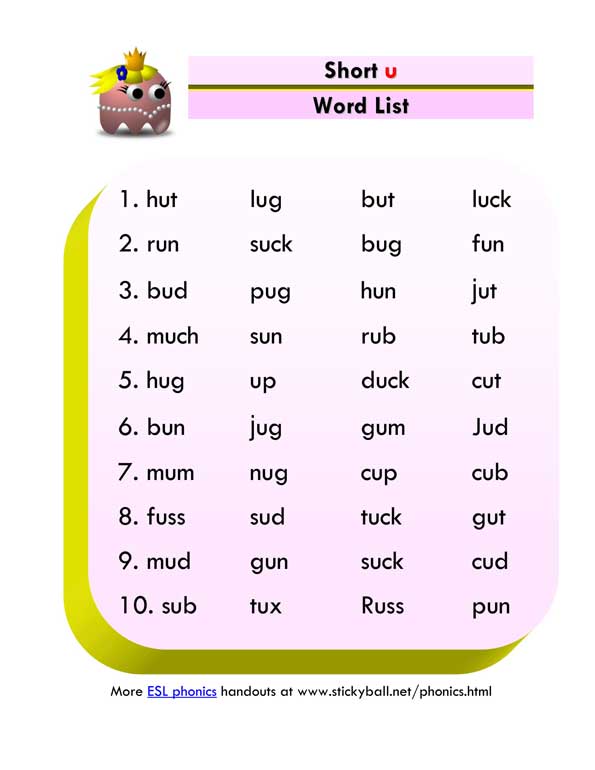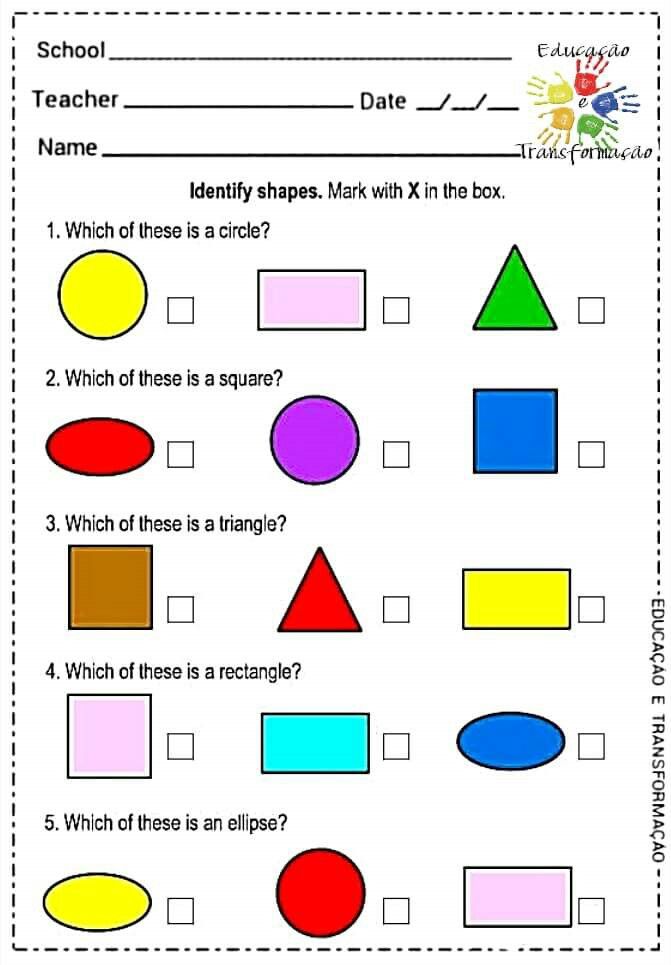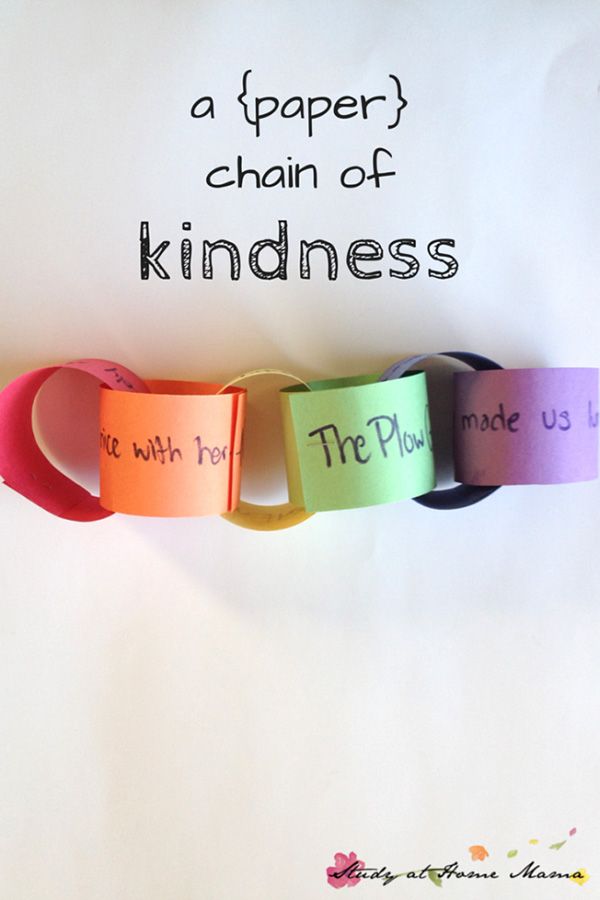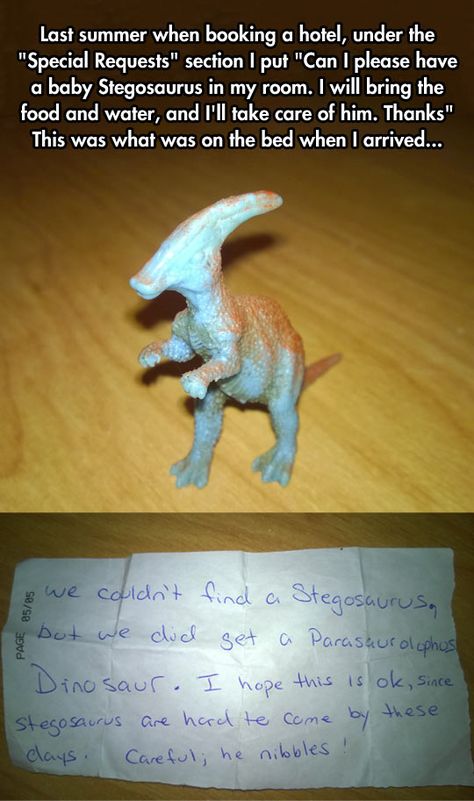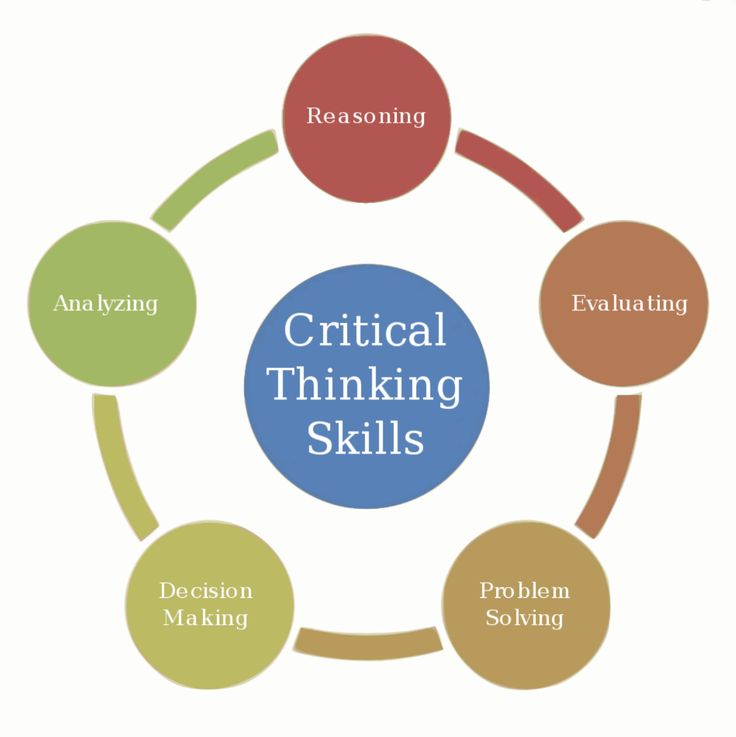Teach 3 year old letters
5 Easy ways to teach the alphabet to preschoolers | Daycare Blog
Teaching children the alphabet is foundational to learning how to read. Before children can put together sounds or draw together lines that make words, they need to know what they are. If you’ve never taught the alphabet before, the concept may sound abstract: how do you teach something that comes so naturally to you? Teaching letters can be really fun and simple. In this article, we’ll give you easy ways to teach the alphabet to preschoolers.
1) Sing alphabet songs
Obviously, we all know the English-language, “A-B-C-D, E-F-G,” song. That’s a great place to start. However, there are more alphabet songs, which can add variety to your tunes, and help kids learn the alphabet in different ways.
This article lists a whole bunch of alphabet songs to try. And, if you saw our article on YouTube channels for toddlers and preschoolers, you can find letter-related songs there too. The visuals in videos can show objects that start with each letter, and sometimes the songs also pronounce sounds too.
One important note brought up by this early childhood educator, is that kids should go from singing the song, to being able to say and point out the letters without a tune. So don’t stop at singing!
2) Play letter matching games
Letter matching games are easy to set up. You can have a poster board with the alphabet printed on it in large letters. Have separate letter magnets or paper letters cut out at the same size as the print letters. Ask the preschoolers to match their cut outs to the letters on the chart. Where does “A” go? Place the letter “A” cut out on top of the printed “A” on the poster board. Get them to practice doing this with all the other letters.
As the early childhood educator mentioned above noted, you can also have an alphabet ‘arc,’ where one end of a half-circle shows the letter “A”, and the other end the letter “Z”. In between you can have other letters in the alphabet shown, but not all of them. Ask the preschoolers to put down their block letters in the right sequence, using the pre-filled in letters as clues.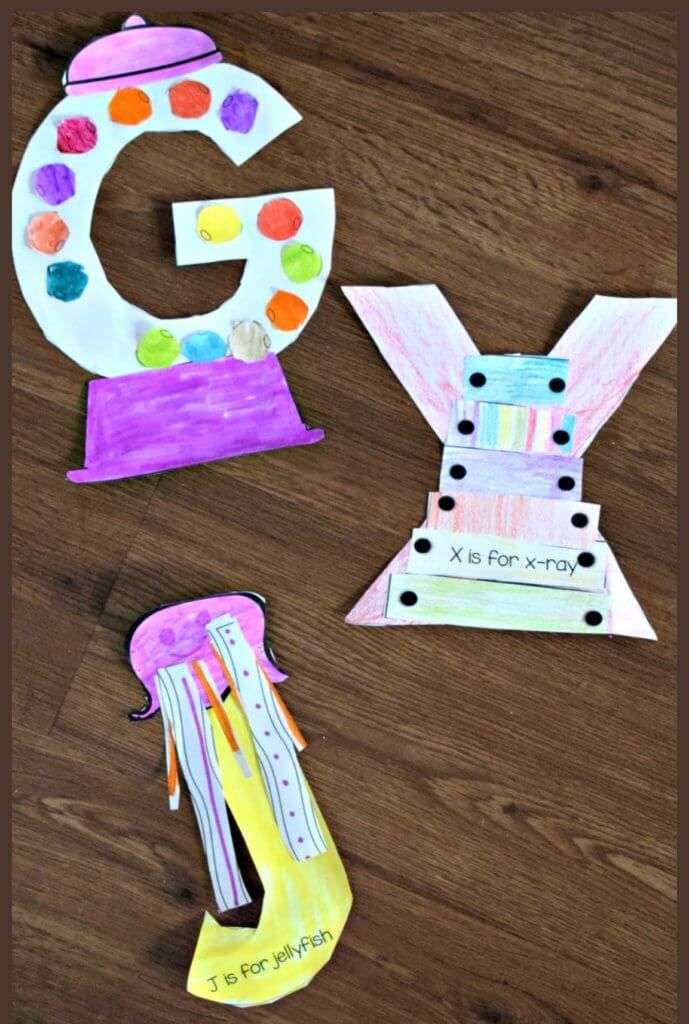
3) Open a new ‘alphabet box’ each week
You may have seen us post on Facebook that a certain week is brought to you by a letter we’re covering. It may be “C,” and you’ll see photos of us painting the letter C at daycare, or learning about animals that start with the letter “C.” Weekly letter themes are common in preschools.
You can take your weekly letter curriculum a step further by creating a box that children can open to discover objects that relate to that letter.
For example, on the week covering the letter “A,” your preschoolers can open (or even unlock) a box that contains an apple, a toy airplane, a toy alligator, an acorn, an arrow (a safe one!), and so on. In fact, don’t tell the children right away what letter the box of ‘treasures’ represents. Ask them if they can guess the letter they’ll cover that week by observing the objects in the box alone. This can be a fun and whimsical way to have your children get excited about the week ahead, and work together to come up with an answer.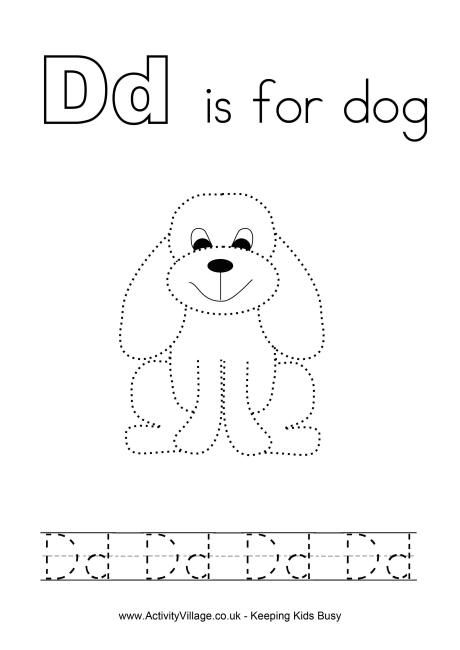
3) Use interdisciplinary learning with each letter, to strengthen letter associations
Since repeating a letter over and over again can get boring, you can mix it up a little by bringing in related lessons. You can start with a week’s letter as your core subject. Then, throughout the day, teach interdisciplinary subjects that still relate.
For example, if you are on the letter “R,” you can learn about the colour “red” too, since it starts with “R.” Ask the children, ‘what things are red?’ If you are on the letter “A,” you can learn about apples. We’ve done this before, where we teach children about the types of apples there are, as well as explain that seeds are inside an apple, and so on.
This blogger lists a whole bunch of crafts you can you incorporate into your letter learning. For example, you can make holes with a hole punch for the letter “H.” This can then lead into learning about the circle shape. You get the idea…
4) If you use flashcards to teach the alphabet, use logical ones
Flashcards are a great memorization tool, and the alphabet is all about memorizing. However, this teacher warns that sometimes, pre-made flashcards can get really confusing. If you are teaching the letter “D” and there is an image of something that simply uses the sound of “D” somewhere in the word, but doesn’t start with “D”… well you can quickly see how even adults would be confused by that.
However, this teacher warns that sometimes, pre-made flashcards can get really confusing. If you are teaching the letter “D” and there is an image of something that simply uses the sound of “D” somewhere in the word, but doesn’t start with “D”… well you can quickly see how even adults would be confused by that.
Remember, at this stage, you’re not teaching phonetics or complex vocabulary and pronunciation. First, children need to recognize and know the alphabet. Use the simplest flash cards, with the simplest pictures of the objects and animals that preschoolers can recognize.
That said, sometimes you want to use lowercase and uppercase letters in your flashcards…and yes, that can be confusing for the very young learners, especially when the upper and lowercase look so different, but are called the same thing. But if you’re using a set of magnets, for example, you can just use their uppercase versions, that’s ok (they may only come in that form). For very early learners, you can start really basic.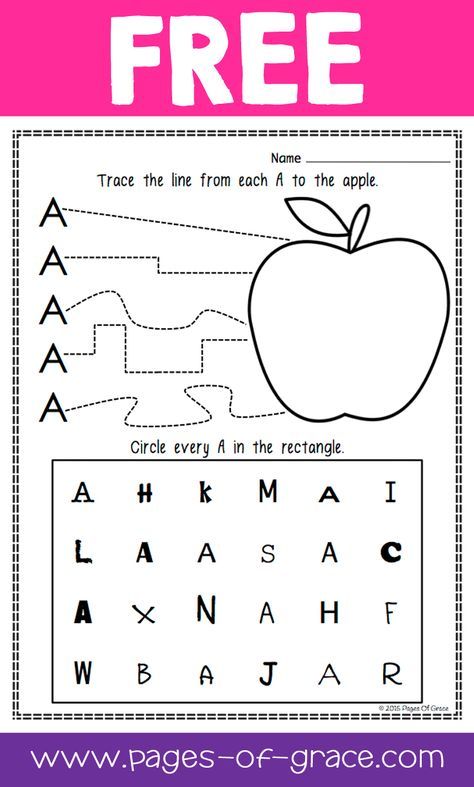 Just don’t forget to start showing them the lowercase and uppercase letters together at some point in their alphabet learning journey.
Just don’t forget to start showing them the lowercase and uppercase letters together at some point in their alphabet learning journey.
5) Eat foods shaped like letters to help preschoolers learn their alphabet
Speaking of interdisciplinary alphabet learning, why not do a baking session with the kids at preschool? They can use letter-shaped cookie cutters to make a fun and yummy snack. Meanwhile, there is a host of lessons you can teach with the baking activity. Chemistry, cooking, nutrition…the list goes on.
If you want the easy route, try commercially-sold letter-shaped biscuits. IKEA has a version of these. Ask your toddler or preschooler to name the alphabet letter they’re about to eat. Eating it can be the reward for getting it right!
And of course, there is alphabet soup, or noodles shaped like letters. You can make mealtime fun, and educational, with these edible alphabet manipulatives.
So there you have it, 5 easy ways to teach the alphabet to preschoolers.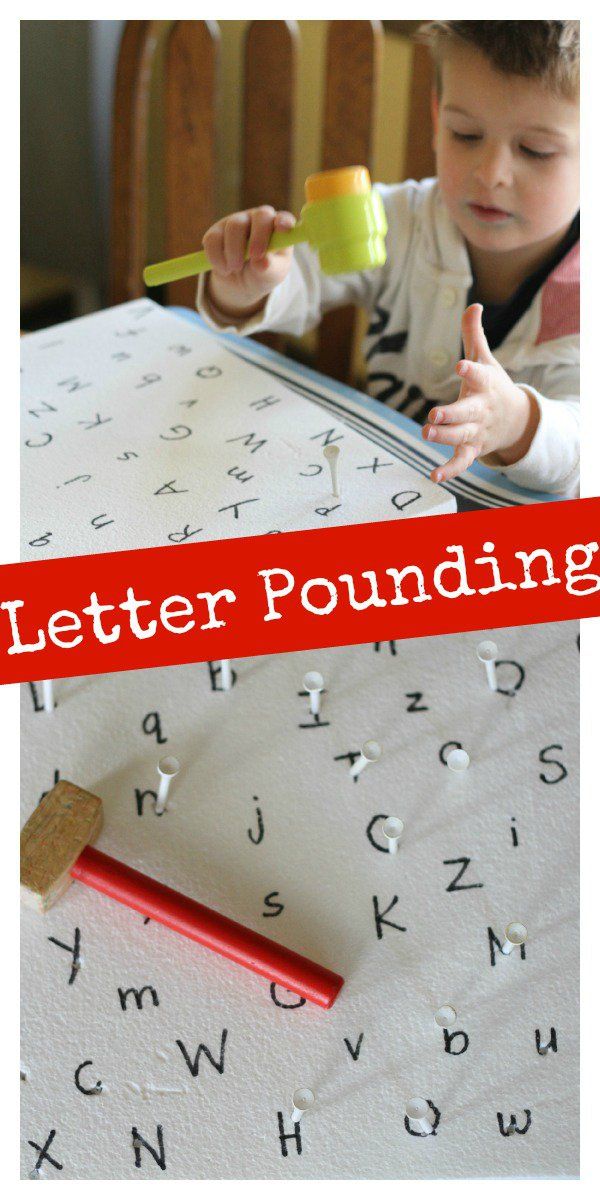 They may even be fun for you, too! It is super cute to hear little ones pronounce letters, and guess what object goes with each letter. When your preschoolers are learning the alphabet, be sure to take every teachable opportunity you can to encourage them to recognize letters in the world around them. If you’re on a field trip, ask the children if they can spot their letter-of-the-week on a street or building sign. If you’re reading a book, see if they can spot the letters you’re reading to them. Keep pushing letter recognition throughout the day, so the lessons can really sink into their memory.
They may even be fun for you, too! It is super cute to hear little ones pronounce letters, and guess what object goes with each letter. When your preschoolers are learning the alphabet, be sure to take every teachable opportunity you can to encourage them to recognize letters in the world around them. If you’re on a field trip, ask the children if they can spot their letter-of-the-week on a street or building sign. If you’re reading a book, see if they can spot the letters you’re reading to them. Keep pushing letter recognition throughout the day, so the lessons can really sink into their memory.
See more on our blog:
- How to teach digraphs to preschool children (6 ways)
- What is the best way to teach word recognition to early childhood readers?
- Why is literacy crucial in the early years? How can parents and preschools help with reading skills?
- How to teach toddlers and preschoolers to count, and learn their numbers
- Ideas for teaching shapes in preschool and daycare
10 ways to start teaching the alphabet to a toddler
If you are looking for the step by step guide on how to teach the alphabet to a toddler, look no further! This is the ultimate guide and will give you all the steps you need to go from zero to recognizing letters.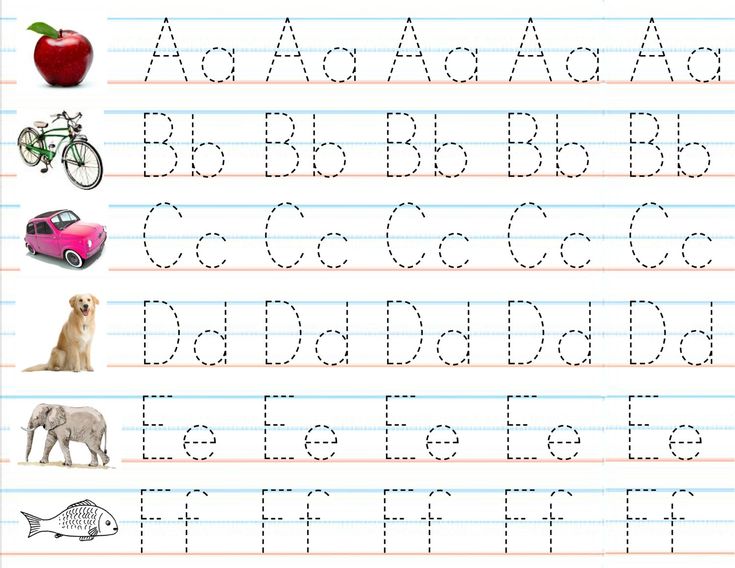
Is it just me with anxiety when it comes to start teaching? there are so many resources out there but everything seems to be broken down in pieces?
What do I do first? what letters? upper case? lower case? do I d letter of the week? do I pick a theme?
If you want to start teaching the ABCs but don’t know where to start or how, follow along. When I started searching for answers I found a lot of activities but not a clear direction on what to do first and how to move forward. I did my research, I consulted with Pre-K teachers, put It all together in an easy to follow path.
This ultimate guide will answer all your questions, give you a path to follow and ease up the anxiety.
To help you get started teaching the alphabet to a toddler, this article will discuss how you can introduce the alphabet to a toddler for the first time, What letters to teach first, and finishing with various activity ideas to fast-track their learning.
Short on time? Skip to it!
For us teaching the alphabet came at closer to three years old but for you it might come earlier or later.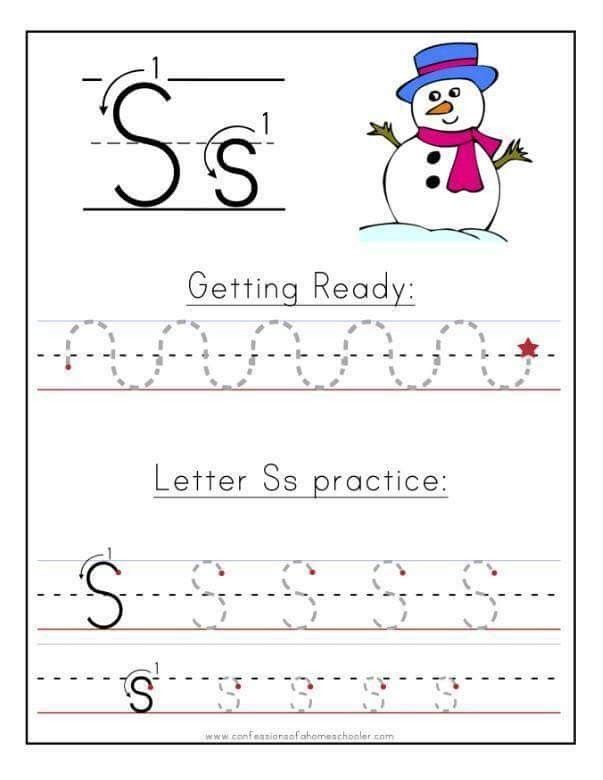 It really doesn’t matter, kid develop at different times and that is true when it comes to earning Preschool concepts too.
It really doesn’t matter, kid develop at different times and that is true when it comes to earning Preschool concepts too.
How do you know if your toddler is ready for learning the alphabet?
Before you start teaching the alphabet you want to make sure your toddler is developmentally ready for it. There is no point in creating a bunch of activities about letters if your child could care less about the letter at this time.
The very step in learning the alphabet is to start with letter recognition.
In order to evaluate if a toddler was ready for letter recognition activities, leave letters around the house. Take out those alphanet puzzles you have, the letter magnets for the bathtub and the magnet ones for the refrigerator.
Things to notice:
Will he/she be attracted to the letters? Will he/she bring it to you and ask “what is this”, will he/she play and arrange the letters. Basically, is your child interested?
magnet fabric letters form the dollar section at TargetFor a while, he could care less about these letters, but once he hit 2.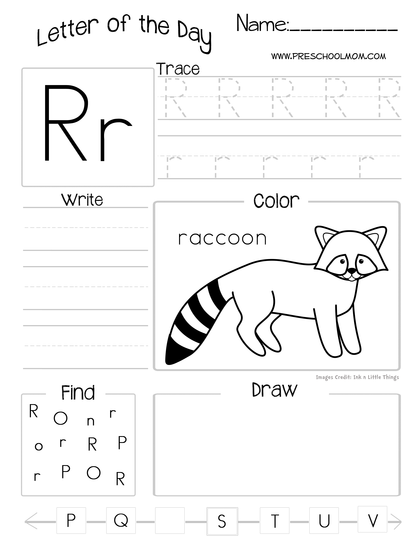 5 and we started working on recognizing numbers, he quickly shifted to asking me “what letter is this” as he grabbed one and gave it to me.
5 and we started working on recognizing numbers, he quickly shifted to asking me “what letter is this” as he grabbed one and gave it to me.
BINGO!
That was my sign he was ready to start learning the alphabet!
When should a child recognize letters of the alphabet?
- By age 3: Kids start recognizing some letters and can sing or say aloud the “ABC” song.
- By age 4: Kids may recognize about half the letters in the alphabet and start to connect letters to their sounds. (Like s makes the /s/ sound.)
- By age 5: Kids often know all the letters of the alphabet and their correct order.
Methods to teach the ABCs
Start Teaching letter recognition first of their first name
The first step in getting exposure to the alphabet is to start working on letter recognition. This means, that a child can see a letter and identify what letter it is and what sound does it make.
Write your child’s name in a paper with a yellow highlighter and laminate it. Each morning, grab a marker and review each of the letters as you mark them. Have them practice the tracing. You can place your hand over his/hers as you practice.
In which order Do I teach the letters?In an ideal world, you would start the alphabet from the beginning, in chronological order. However, despite popular belief, this is not the best way of teaching the alphabet to a toddler. To increase memory function, alongside sparking interest, it’s advised to teach the letters of their name first.
Begin by slowly introducing the letters of their name. Their name is very special to them and it attached meaning to them. perhaps after saying their name. For example, “Manuel” your name starts with M, mmm this is the letter M.
Repetition is key; the more you can repeat this, the better and quicker they will begin to associate that letters have meaning, even if this is subconscious.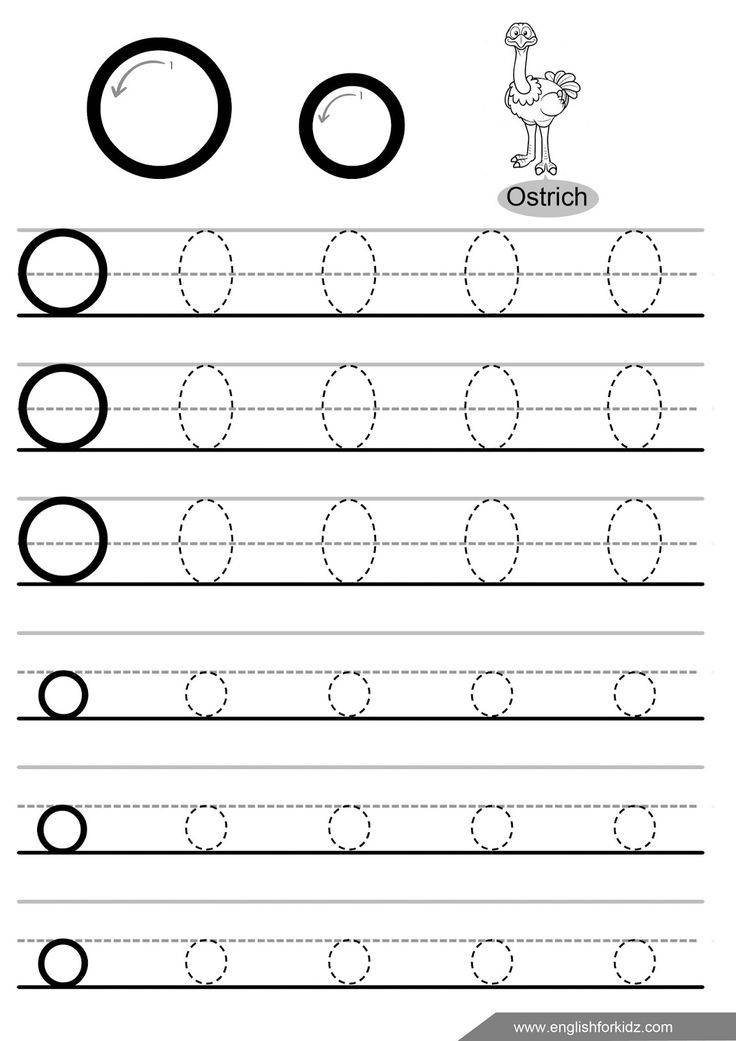
There are various other activities you can use to teach them the letters of their name, too. For example, you could read activity books, placing greater emphasis on these letters, get creative with some alphabet-themed arts and crafts, or begin naming objects and spelling these out as you go.
In essence, it’s all about creating a fun and rewarding learning environment. This stimulates learning, allowing your toddler to progress quickly, best preparing them for their lower years of school and life.
Should I teach capital or lowercase letters to introduce the alphabet?
Some people say that lowercase letters should be taught before uppercase ones. Their argument is that they are exposed to the lower case letters more often than the upper, and that’s a valid point.
But…. I also learned that:
Lowercase letters are more complex and are harder to draw compared to uppercase letters. It is also, more common to see on books they read and sighs around their town.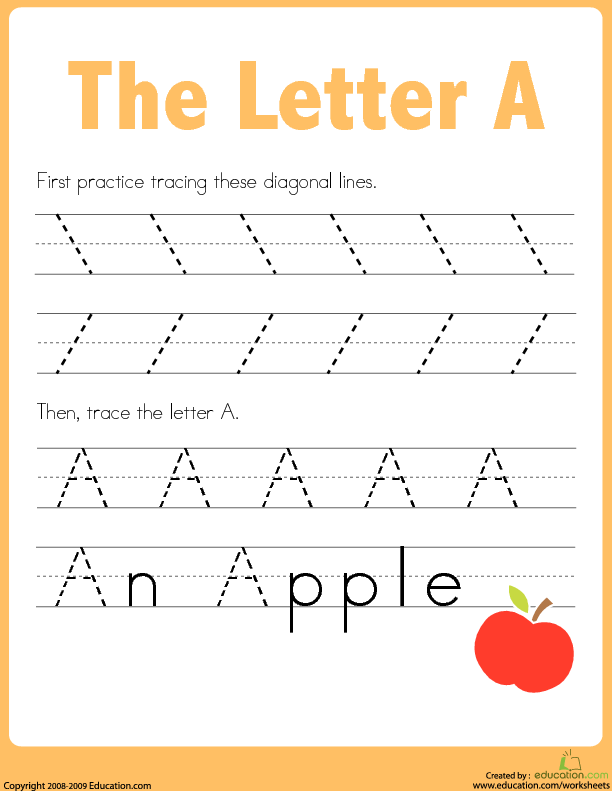
The Handwriting Without Tears Method (I researched and fell in love with their system, and although implemented mostly at schools, it is a method I will be implementing at home and creating worksheets and activities based on their system).
This system says that when teaching upper letters you will recognize 4 common shapes. Little stick, big stick, little curve and big curve.
Upper letter cases all start at them same place, while lowercase letters have many shapes and every letter start in different places.
I was sold on that technique! I definitely want to make it easier for my child to start recognizing letters so we will start with uppercase letters.
I want my child to be able to build upper case letter with wooden sticks without having to learn how to write them first, and this method seems easy to grasp.
Do you have to start with either or? Not at all. You can do them both, choose one or the other. The fist step is to get them expose to the letters as much as you can. Point them out and show what sound does the letter make as well as things and animals associated with each letter.
Point them out and show what sound does the letter make as well as things and animals associated with each letter.
What to teach after their name?
The Jolly Phonics Program is a proven, fun, and multi-sensory method of learning used to excel children’s learning in both reading and writing from an early age. After teaching your toddler, the letters of their name, adopting this method is an excellent next step. This method consists of teaching groups of letters in sets;
the entire phonics programme can be seen below:
- s, a, t, i, p, n
- c, k, e, h, r, m, d
- g, o, u, l, f, b
- ai, j, oa, ie, ee, or
- z, w, ng, v, 00, oo
- y, x, ch, sh, th, th
- qu, ou, oi, ue, er, ar
SAVE IT! PIN IT! REMEMBER IT
Jolly Phonics is a widely popular method in the United Kingdom, however, also used in various schools and pre-schools in the U.S. Past studies have shown great success with this method when you teach the ABCs to 3 year old, resulting in improved selling, comprehension skills, reading, writing, and whole word phonics, from a young age.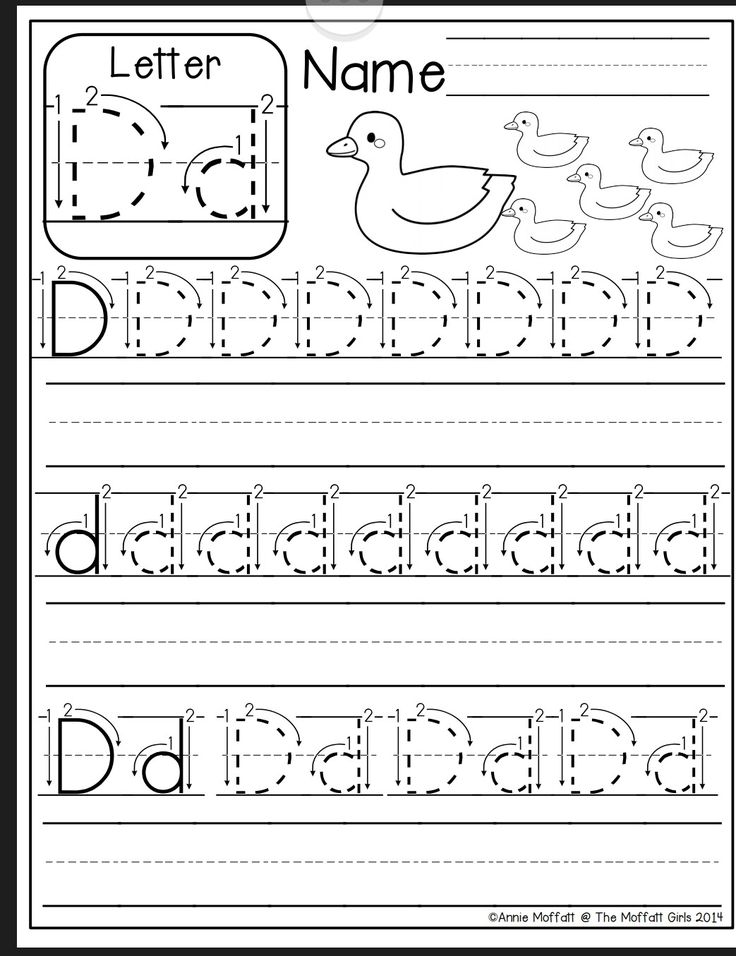
Furthermore, this method or similar adaptations allow toddlers to begin forming whole words quickly. After learning a small minority of the phonics, children can begin forming words, such as: “at,” “in,” and “an.”
Introducing these letters one by one, and as quickly as possible (this is entirely individual-based) creates a sense of pride and accomplishment for your child. There’s no better feeling than understanding, and for a parent, watching your child learn and utilise their new words in everyday life.
Over time, after repetition has kicked in, your toddler will begin forming whole words with ease, perfecting the sounds, and perhaps actions that go with them. This can be difficult, however, ensure your child is ready to learn, becoming less frustrated and more likely to actively participate.
Remember: repetition is the key to success. Whilst it’s okay to have a day off once in a while, ensure to resume a regular schedule to fast-track their learning.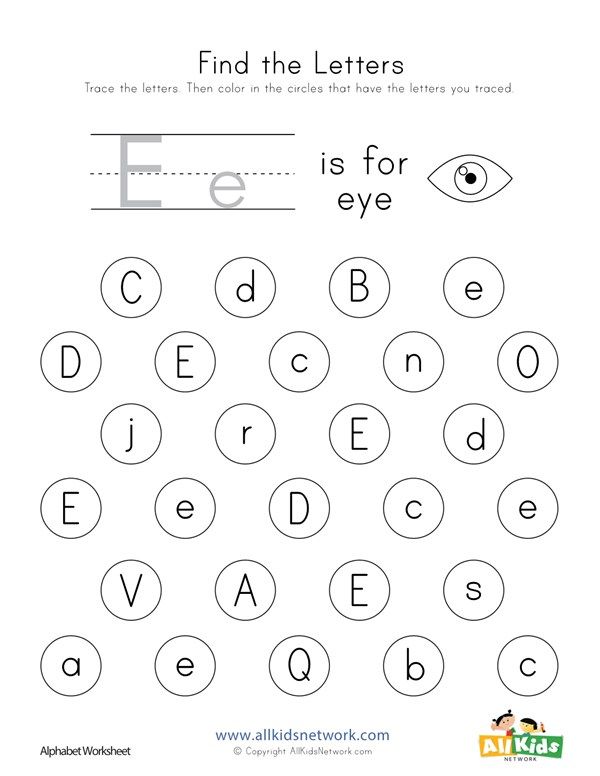 Oh, and remember to keep it fun – that’s the heart of stimulation!
Oh, and remember to keep it fun – that’s the heart of stimulation!
When your toddler starts showing show an interest in learning the alphabet here are a few ideas of fun activities you can introduce to aid the learning process.
Fun Activities to teach the ABCs to 3 year old
These activities can be centered around multiple letters, or individual letters, spending more or less time on each one depending on how quickly they pick it up.
Alongside these individual tasks, implementing regular reading with your toddler is an excellent way to increase comprehension and phonic skills.
Use flashcards to Teach ABCs
Using flashcards to create games is a great way for visual associations of each letter.
Flashcards help with the visualization and association of each letter with an object, piece of fruit, or person. For example, “a” could be associated with an apple or an animal, such as an 🍎 apple.
Try to look for flashcards that are simple and visually attractive.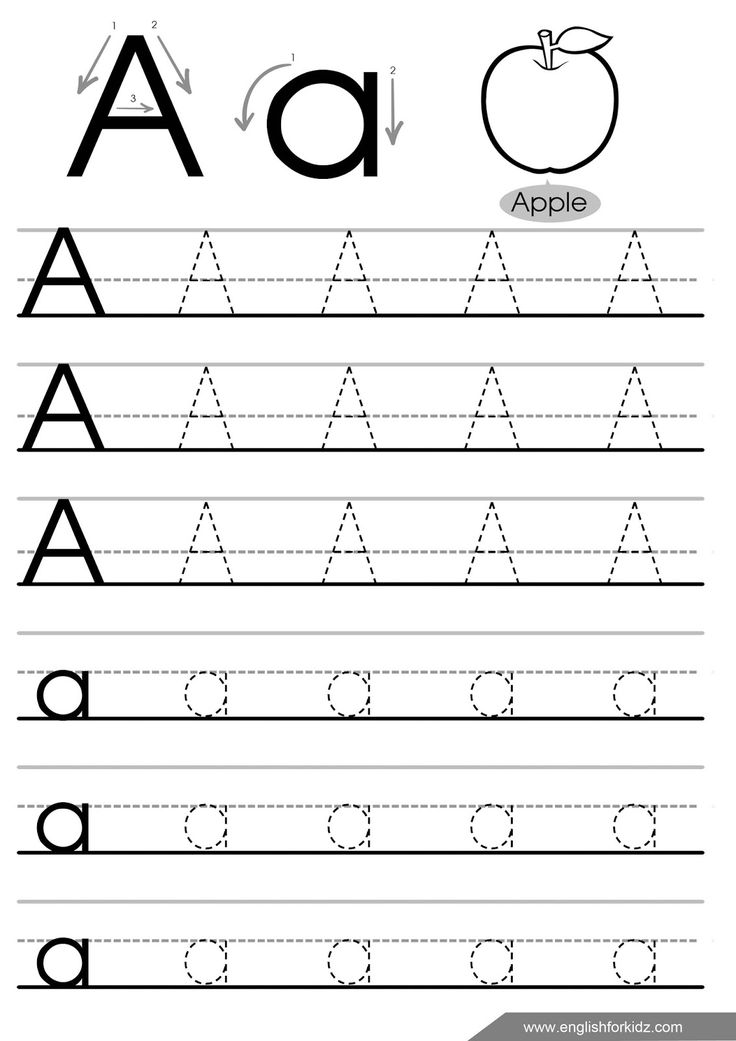 Get two sets. This way, you can play a variety of games. Start by matching the images, and then moving on to matching the image that is associated with each letter. Lastly, move on to match letters.
Get two sets. This way, you can play a variety of games. Start by matching the images, and then moving on to matching the image that is associated with each letter. Lastly, move on to match letters.
Start with only 2 sets, and move on gradually adding more as your toddler starts learning and recognizing more letters.
Use Sensory activities to learn the alphabet
Sensory class apple pie: A is for AppleA favorite of mine is teaching using sensory play. Creating activities around a letter will allow time for them to play, explore and really soak in the information. I have done full sensory classes to talk about the letter A as pictured above. We did an messy apple pie, activity, had apples and flashcards and letter A puzzles laying around. They fully dove into (literally) into the letter A.
You can recreate this with any letter, creating fun sensory bins.
Use playdough Mats to learn the ABCs
Not feeling like getting messy with a sensory bin? another great idea is the use of playdough.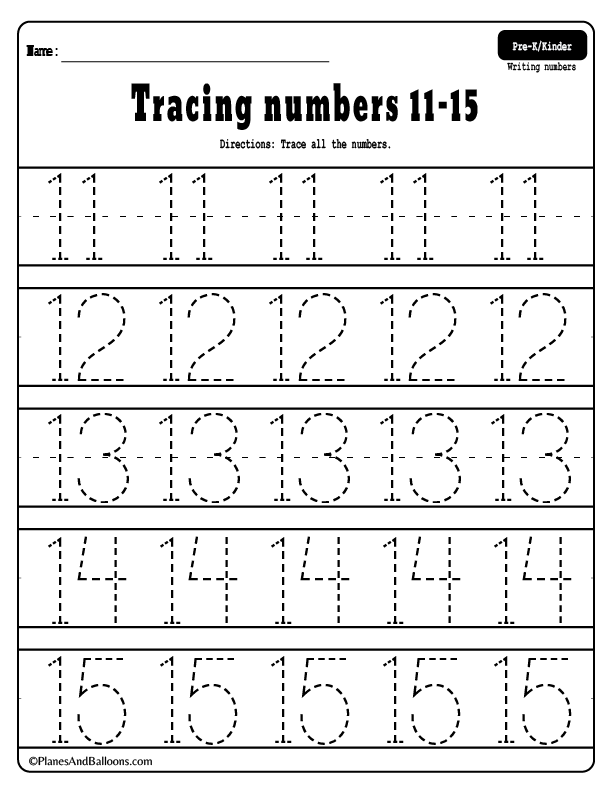 Playdough is a great activity for hand motor skill development which eventually will translate in learning how to hold a pencil, tie their shoes, buttoning a jacket among other things.
Playdough is a great activity for hand motor skill development which eventually will translate in learning how to hold a pencil, tie their shoes, buttoning a jacket among other things.
Use playdough mats to trace each letter with the playdough. You can do these by combining the mat with a theme like we did above for the letter M. We made galaxy playdough because our theme was THE MOON.
.
Use Games to teach the alphanet
A fun and easy game you can play is naming objects. This can be done anywhere and requires no equipment, also making for a great road trip game. Each time you spot an object, animal, say the sound of the letter it starts with with your toddler repeating this motion. Mmm-Mmm-Mmm is for Monkey. Focus on the sounds of the letters, as this is what their most responsive too.
We do this often as a game during our letter of the week while we are on the swing. I stand in from and while the swing comes closer to me I say a word that starts with the letter we are working on.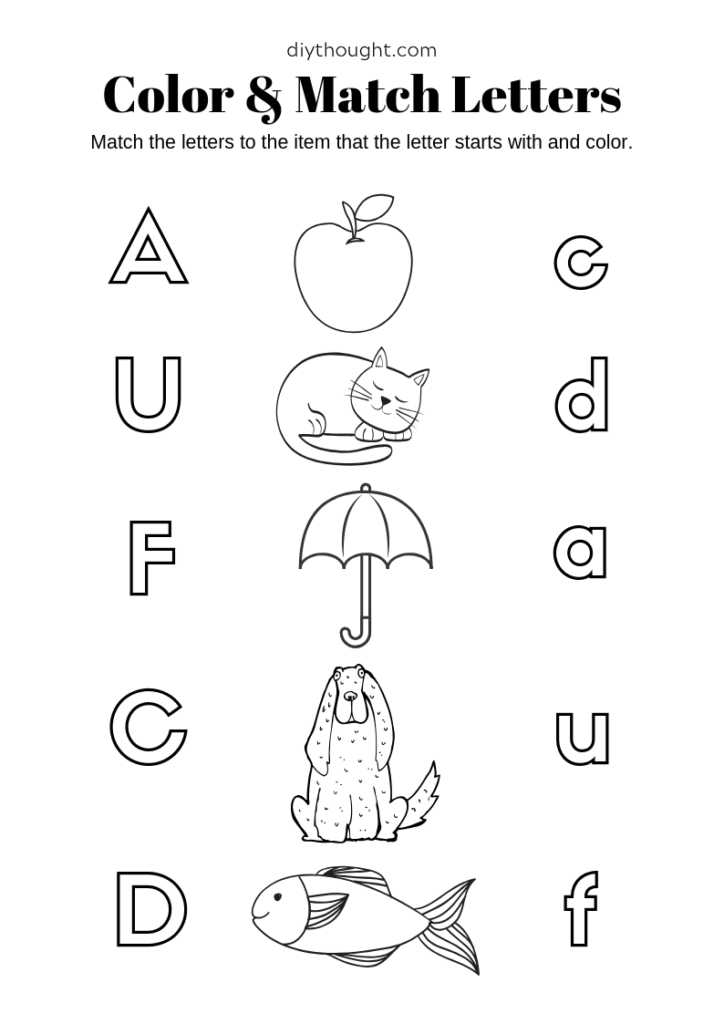 Example: Mmm-Mmm-Mmm is for Moon
Example: Mmm-Mmm-Mmm is for Moon
While the swing goes back, is his turn to repeat. Do it a few times and they will catch on. Suddenly, your toddler will want to be interested in learning more words that start with that letter so that he can participate in saying new words.
While there are other better methods out there, this is a quick and easy one that you can do while having fun. And besides, repetition and learning through fun is key to successful and engaging learning.
Use ABC books to teach the alphabet
Mrs. Peanuckle’s Vegetable Alphabet Book (Available on Amazon)You’ve probably already have a few ABC books at home. This is similar to flashcard activity; for example, the letter “a” may contain a picture of an apple. Reading these books regularly is a great way to reinforce pre-existing knowledge and association of the letter A sound with the word apple.
As a general rule of thumb: aim to read these books at least once to two times a week, more if your toddler requests them, as they usually do! Even if they are more focused on the images, ensure to point out and read out each letter and the associated object. It’s about exposing them to the letters as much as we can and pointing the letters to slow down and recognize each one.
It’s about exposing them to the letters as much as we can and pointing the letters to slow down and recognize each one.
This strengthens knowledge and subconsciously contributes to a better understanding of the alphabet and individual letters as a whole.
Use the ABC song but make it fun!
Rhymes and songs can be extremely effective, so be sure to implement these to reinforce your child’s alphabet learning.
It’s well-known and a widely acknowledged fact that rhymes are an important part for language development, well they are a great tool for learning the ABCs as well.
A fun way I learned you can sing the abc and make it fun is to do it as if other animals are singing.
Say woof woof woof instead of abc.. as you point each letter on a poster. This sure grabbed by son’s attention more at the beginning than singing the ABCs as I followed the poster.
When singing the ABCs using a poster, grab a stick or a spoon and tap each one as you sing. This way they can visually see the letter and associate it with how it looks.
This way they can visually see the letter and associate it with how it looks.
A fun activity we do is that each morning, my son gets to pick what we use to point to the letters. Sometimes is a stick we painted and decorated together and another days is a spooky skeleton hand we got during Halloween.
My son loves o be the one who points as we sing, so I guide his hand as we do. This technique for him more interested and focused!
Use Poems and Rhymes
Besides from singing the ABC song, use poems and make up your own rhymes that reinforce what sounds start with each letter.
Don’t worry, you don’t need to come up with these by yourself, unless of course, you’re feeling creative!
This one we used for our Letter of the week M.
teach abc to 3 year old with nursery rhymesOften, these rhymes and songs will be paired with follow-along dances, actions, and animations. These are designed to get your child actively involved in the learning process.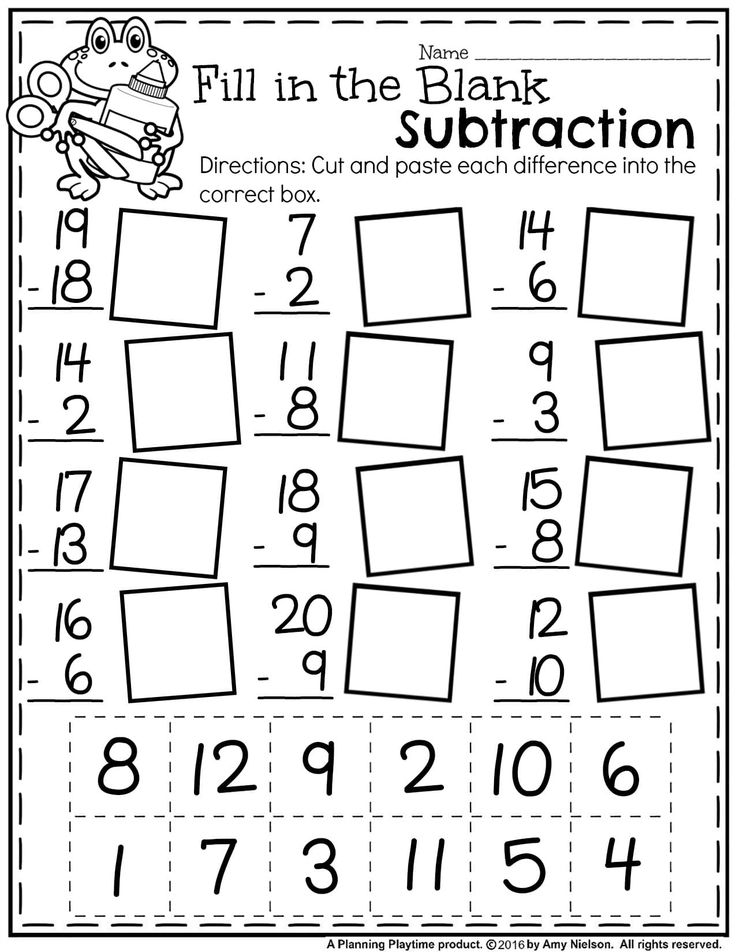
If they need to remember a specific letter, they will refer back to the song in their mind in search of the letter or piece of information they are looking for.
Use crafts to learn Letters
Kids learn through doing, and crafts are often a very exciting activity for them. They get explore their creative side and the brain is able to make connections between the left and right side.
If you are following the letter of the week approach or a theme a week approach, you can implement letter crafts.
Create an alphabet bookPrint out one letter per page and glue items that start with that letter onto the paper. Or you can create different animals or objects using the letter as a base.
Use printables and coloring pages
Coloring pages and printable worksheets are fun to use from time to time. Get your favorite markers, watercolors, stickers and use coloring pages featuring the letters and things that start with each letter. The above was one of the pages we used for our letter P weekly activities.
The above was one of the pages we used for our letter P weekly activities.
Last thought on introducing the alphabet to a toddler
Around the ages of two and three, your toddler may begin to take an interest in learning, in particular, the alphabet. Teaching the alphabet can be fun when using creative activities like matching, sensory bins, playdough mats, printables and crafts. No matter what activities you choose, by implementing various fun and interactive activities letter recognition will come naturally.
Remember that we are starting to teach them that words have meaning and words are made up of letters.
Start by teaching your child the letters that make their name up followed by the Jolly phonics program. This is immersive and fun, and creates an excellent stepping stone and drive for wanting to learn other letters.
Teach lowercase first, as this is easier to teach and to learn. Unlike uppercase letters, lowercase is much simpler, both in design and understanding.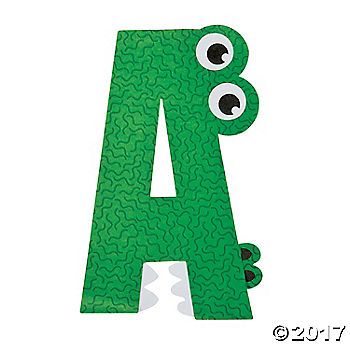 Ensure not to mix the two up, or this could cause confusion for your toddler.
Ensure not to mix the two up, or this could cause confusion for your toddler.
Remain consistent with your approach, reinforcing repetition in whatever method you choose. To experience the greatest success, fast-tracking their learning of the alphabet, implement a variety of activities, whether that’s reading books, listening to nursery rhymes, creating fun songs, or engaging in various arts and crafts.
Most importantly, however, remain patient with your toddler. It takes time to learn; some kids have it easier than others. But if you stick with it, they will eventually get it, at their own pace.
Pin this Post
Help other parents looking for ways to teach the alphabet. Share on Pinterest! so they can easily find this resource.
How to learn letters and the alphabet with a child aged 3-6
Do you want to know the most effective way to teach your child letters and learn the alphabet in the shortest possible time? With our recommendations, it will not be difficult for you to teach your child the alphabet at 3-6 years old.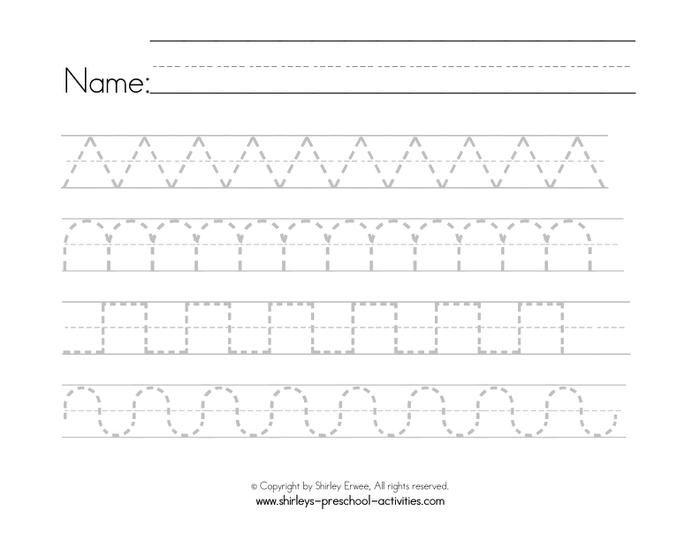 In just a month of short lessons, you can learn vowels and consonants with your child and start reading.
In just a month of short lessons, you can learn vowels and consonants with your child and start reading.
www.fullhdoboi.ru
Why teach your child the alphabet
Before you introduce your child to the letters of the Russian alphabet, answer yourself the question WHY you want to do it right now. Is your child 5 or 6 years old and you want to prepare him for school? He is 2 years old and you want to show off the successes of the little genius to your friends and relatives? The kid is 3 years old and you want to "invest in him the maximum" in all ways available to you, so as not to miss the optimal moment for all-round development? What?
Of course, you can teach your child the alphabet at any age. You can show letter cards from the cradle, but... Let's put parental ambitions aside and focus on the object - the child. Why does he need to know letters? Right to read! Are you sure that right now he is READY to learn the basics of reading? Read what conditions are necessary in order to teach a child to read in our articles and only after that make the right decision:
- How to teach a child to read at 3 years: pros and cons
- How to teach children 4 years to read
- How to teach a child to read in syllables
- How to teach a child to read well: methods of teaching reading
Any knowledge must be applied in practice.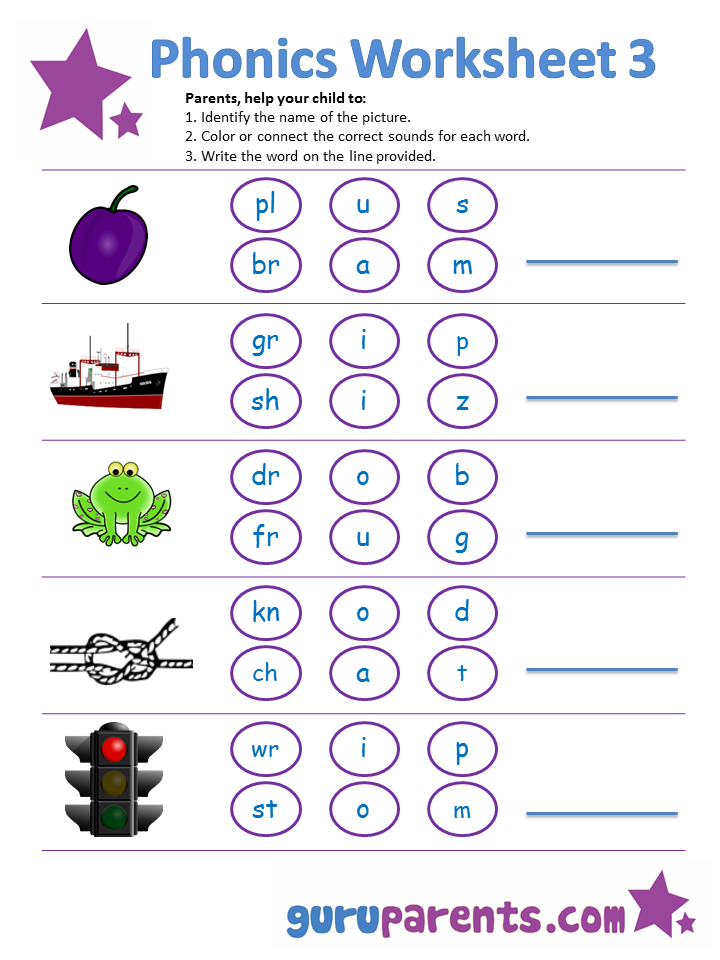 You must clearly understand that the study of letters and the alphabet is teaching the child to read. Otherwise, there is no point, there are a lot of other effective ways to develop memory, thinking, speech. It is not necessary for this to learn letters with a one and a half year old malupas, who is not yet able to pronounce them correctly. If you start learning the alphabet too early, there is a high chance that the child will simply forget the letters by the time he is ready to learn to read. Or the second, more "terrible" moment. Having learned “be”, “ve”, “de”, the child will not be able to read, because other rules work when reading. To merge syllables and turn them into words, you need to pronounce sounds completely different. Relearning is always harder. Be careful with the choice of talking toys and books: they do not always pronounce the letters correctly!
You must clearly understand that the study of letters and the alphabet is teaching the child to read. Otherwise, there is no point, there are a lot of other effective ways to develop memory, thinking, speech. It is not necessary for this to learn letters with a one and a half year old malupas, who is not yet able to pronounce them correctly. If you start learning the alphabet too early, there is a high chance that the child will simply forget the letters by the time he is ready to learn to read. Or the second, more "terrible" moment. Having learned “be”, “ve”, “de”, the child will not be able to read, because other rules work when reading. To merge syllables and turn them into words, you need to pronounce sounds completely different. Relearning is always harder. Be careful with the choice of talking toys and books: they do not always pronounce the letters correctly!
happymama.ru
The knowledge of the alphabet alone will not give the baby anything. He will simply memorize it like a song or a rhyme, but this will not teach him to read. Therefore, leave the study of the alphabet for children 5-6 years old, who will need it at school, and with toddlers, just learn the letters without adhering to the alphabetical sequence.
Therefore, leave the study of the alphabet for children 5-6 years old, who will need it at school, and with toddlers, just learn the letters without adhering to the alphabetical sequence.
- The alphabet is not just all the letters, it's the letters in a CERTAIN sequence.
- The alphabet is the base of any language.
- The alphabet is the key to all dictionaries, reference books, encyclopedias and other documents where order and systematization are important.
- Knowing the alphabet saves time.
Learning letters: where to start
In what order to learn letters? Do I need to learn the alphabet? Start with vowels or consonants?
Let's be clear, so:
1. No need to learn letters in alphabetical order.
2. Do not learn letters mixed up: either vowels or consonants.
3. First, learn the 10 vowel letters with your child.
We wrote in detail about how to learn 10 vowels in 5 lessons.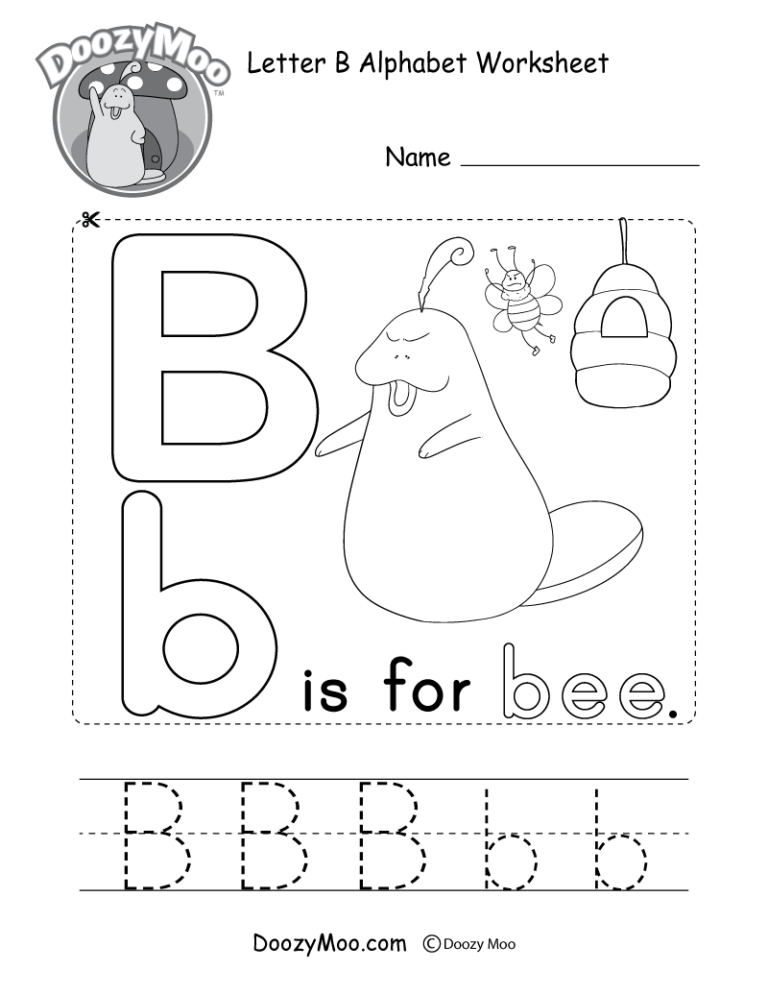 The technique is really very effective and simple. Any mom will do.
The technique is really very effective and simple. Any mom will do.
4 . Consonants are best taught after vowels.
5. Name the sounds, not how the letter is pronounced in the alphabet.
Why is it important to learn 10 vowels well?
Practice shows that children who read poorly stumble because they forget how to read vowels. So that the child does not “stumble” while reading, take your time learning the letters. At the initial stage, pay attention to the vowels: how they are pronounced, how they look in writing. And only after that go to the consonants.
How to teach a child the alphabet at 3-4 years old
If you decide to teach your child the letters at 3 years old, remember that nothing can be done by force, only games, only entertaining exercises and NO FORCE. These recommendations are relevant for any age, because you do not want to develop a reluctance to study and go to school in the future.
- Don't expect your child to memorize many letters at once.
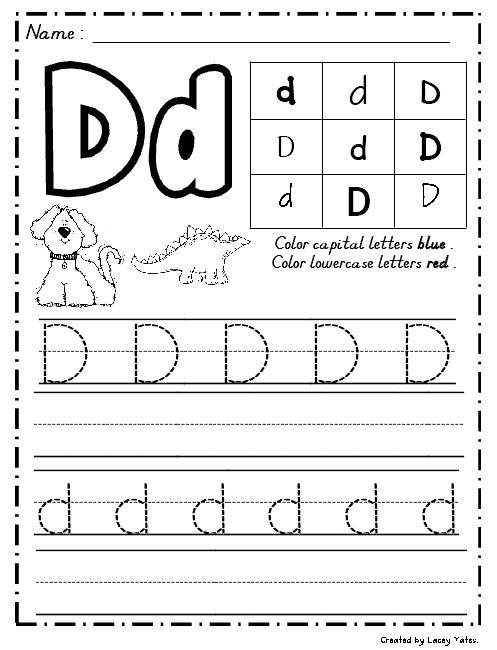 Do not aim to learn the entire alphabet, it will take time.
Do not aim to learn the entire alphabet, it will take time. - Twice a week give your child new material, and on other days repeat and reinforce what has been learned.
- With a child of 3-4 years old, it is enough to do 2-7 minutes a day.
- Learn vowels in pairs, so it will be easier for the child to remember: A - I, O - E, U-Yu, Y - I, E - E.
- Before you introduce your child to consonants and start learning to read, make sure that the knowledge of all vowels is brought to automatism.
How to learn consonants: a game method
There are many more consonants than vowels. It will take more patience, effort and time to study them. But everything will work out if you strictly follow the recommendations and take your time.
Prepare a table. Each table has six rows. In the top line, write or print hard consonants in blue, soft consonants in green. In the rest of the lines, write short open syllables.
|
|
|
|
|
|
- Together with your child, sing songs of vowel sounds: in a rough low voice A, O, U, Y, E and a high thin voice Ya, Yo, Yu, I, E.
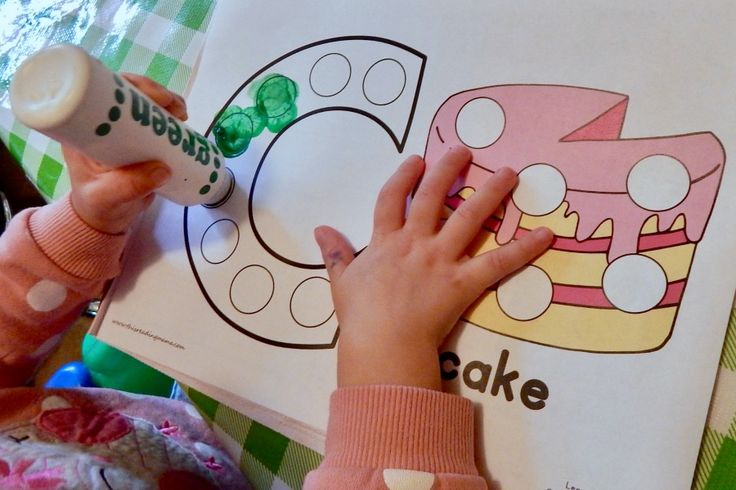
- Clearly pronounce the consonants in the top line of the table. In each lesson, work with 6 tables.
IMPORTANT! Make sure that the child and you yourself pronounce the consonants cleanly so that after them no extraneous vowels are heard S or I. E if the child gets used to speaking D s, C s instead of pure sounds D , 30004 , then it will be incorrect to read.
The most difficult thing is to pronounce pure sounds B, C, D, D; B, B, G, D . The rest are easier, especially the deaf.
Teach a child to pronounce correctly Z and 3b, for example, very simple. Ask your child: “How big is a mosquito buzzing? Z-Z-Z. No, not Z s, but Z-Z-Z! Mosquito cannot speak Z s, he does Z-Z-Z . And how does a small mosquito buzz? 3-3-3 . Mosquito cannot speak Z and, he does ZL-ZL-ZL . This is how we call these letters: З-З-З and ЗЗ-ЗЗ-З ".
Mosquito cannot speak Z and, he does ZL-ZL-ZL . This is how we call these letters: З-З-З and ЗЗ-ЗЗ-З ".
- Sing the syllables in the same way as you did with the vowels.
- Show the child the letter b in the tables and say that it is called a "soft sign". Remind him of her name from time to time.
The letter b does not indicate a sound, but only INDICATES the softness of the consonant.
- Write on a separate card. Name what this sound sounds like. Give examples of words that begin with this sound: iodine, yogurt, yogi.
The very name of the letter “ AND short” the child will learn later when he learns the alphabet. Remind your child of this letter from time to time by SPEAKING IT.
- Go back to these charts several times a day and sing the words together with your child.
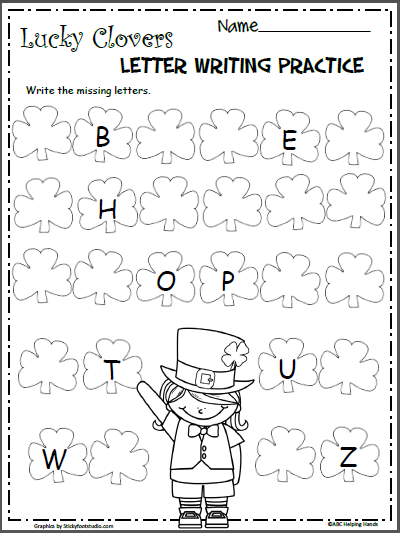 Do it regularly.
Do it regularly. - When you see that the child is doing everything right, replace 2 tables with two new ones.
|
|
The procedure is the same. Sing all 6 tables daily with your child.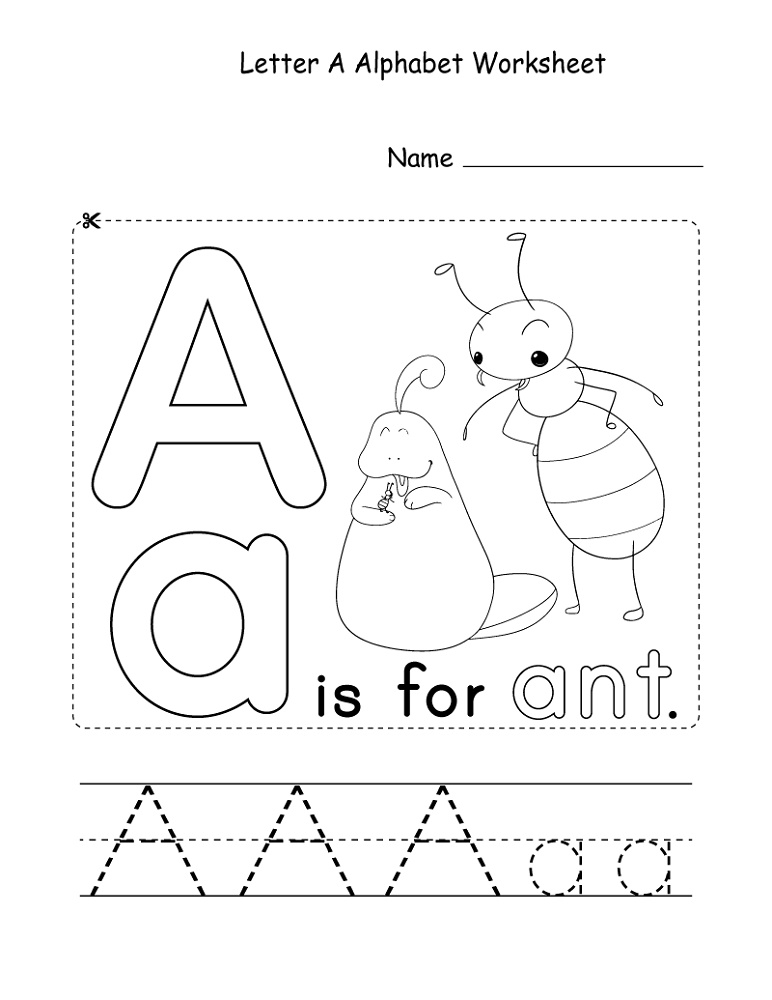 As a result, the child will repeat the old letters and learn 2 new letters.
As a result, the child will repeat the old letters and learn 2 new letters.
- Replace 2 tables again with 2 new ones, and so on.
If you stick to the plan “new twice a week, repeat the rest of the day”, your child will learn 32 letters of the Russian alphabet in a month. With b you will introduce the child later when he starts to read and meets this letter in words.
IMPORTANT! The Russian language has twin sounds and warehouses: Zh-ZhZh, ZHO-ZhO, SH-SH, SHO-SHO, Ch-CH, CHO-CHY, SH-SHCH, SHCHO-SCHYO, ZY-TSI . They are spelled differently, but they sound the same! Be sure to bring this to your child's attention.
How to teach a child the alphabet at 5-6 years old
The age of 5-6 years old is the best for learning the alphabet and learning to read. It is better when the child goes to school prepared. It is IMPORTANT only to prepare it correctly so that the teacher does not have to retrain, and the child does not have to suffer because of the inept actions of the parents or the compassionate grandmother who wanted "the best".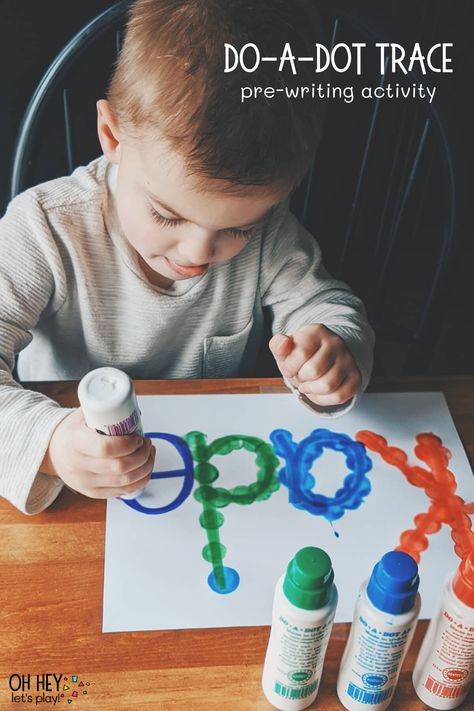
All the same techniques that were described in detail for teaching the alphabet to children 3-4 years old are applicable to preschoolers 5-6 years old.
If your child already knows some of the letters, you can speed up the process a bit by learning and repeating the vowels at the same time as the consonants. In parallel, you can learn to read by syllables.
The most important thing at this age is to pay attention to CORRECT SPEECH. If necessary, contact a speech therapist to help put the right sounds, because success in school education directly depends on this.
A common problem at this age is sound R . You can work with your child on your own by regularly doing special exercises.
Dear readers! Share in the comments your experience and opinion on how to teach a child the alphabet.
5 Ways to Learn the Alphabet Quickly and Easily with a 3-6 Year Old Kid — Somersault
Before you teach your child the alphabet, it is important to understand what you are not going to do. Namely, learning to read. This is a more complex skill, so it is worth putting it off until the time when the child gets acquainted with all the letters and will confidently recognize them and write on their own. Until then, put off the alphabet and reading by syllables.
Namely, learning to read. This is a more complex skill, so it is worth putting it off until the time when the child gets acquainted with all the letters and will confidently recognize them and write on their own. Until then, put off the alphabet and reading by syllables.
In this article, we have put together the basic principles to quickly learn the Russian alphabet with a 3-6 year old child in a playful way. For all games with letters, you can use plasticine, paints and any improvised means or magnetic letters ROOM - they will easily attract the child's attention.
Contents:
- Learn the Alphabet Easily: Basic Principles
- 5 ways to learn the alphabet with your child
- From alphabet to reading
How to Learn the Alphabet Easily: Basic Principles
Each child can find an easy way to learn the alphabet that suits them best, but there are basic principles that are important for all children.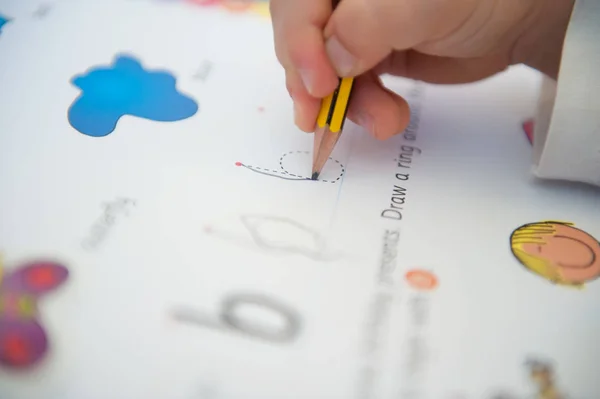 If you do not follow them, study will turn into drill and the child is unlikely to ever love to read. Here are a few such principles on how to properly learn the alphabet for a child.
If you do not follow them, study will turn into drill and the child is unlikely to ever love to read. Here are a few such principles on how to properly learn the alphabet for a child.
- Learn sounds first, not letters . At the first stage of learning, it does not matter how the letters in the alphabet are called correctly. Now only sounds are important for the child - "d", and not the letter "De". The names of the letters will only confuse the child, who first needs to learn to recognize the shape of the letters and their sound.
- Not learning the alphabet in the correct sequence . Until a child goes to school, it is of no use to him to know how the letters are arranged in the alphabet. This information will only distract him from what is really important: how the letters look and sound. The sequence of the alphabet can be learned later or even at school, where this knowledge will be tested by the teacher.
- Do not turn learning into a lesson .
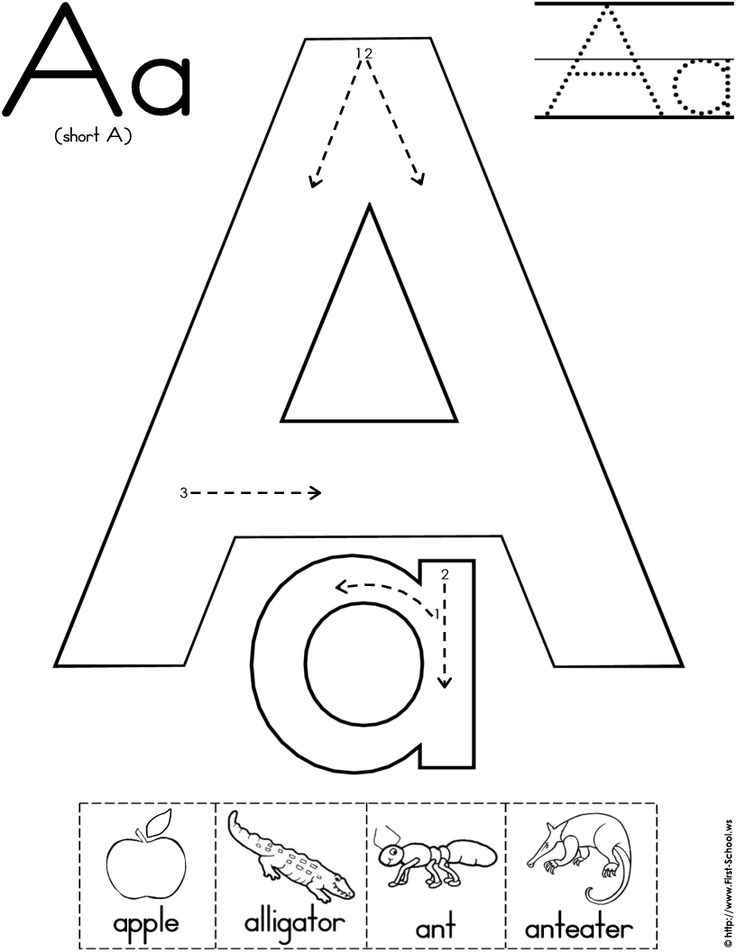 Learning from call to call is difficult even for children at school, let alone a baby. Therefore, all learning should take place in a playful way and not for long: 5-7 minutes a day to get acquainted with the letters will be enough. Gradually, this time can be increased, especially if the child likes the proposed games with letters.
Learning from call to call is difficult even for children at school, let alone a baby. Therefore, all learning should take place in a playful way and not for long: 5-7 minutes a day to get acquainted with the letters will be enough. Gradually, this time can be increased, especially if the child likes the proposed games with letters. - Use material objects . At the age of 3-6 years, the child learns the world by touch and taste. It is difficult for him to work with abstract letters spoken aloud. Therefore, it is better to stock up on plasticine and paints and create letters that are more understandable to the child and can be touched. Such a game for children will allow the child to learn the letters of the alphabet and he will recognize them in different forms regardless of what they are made of.
- First vowels, then consonants . Vowel sounds are easier to pronounce, so it's worth starting with them.
The main thing is not to force anyone.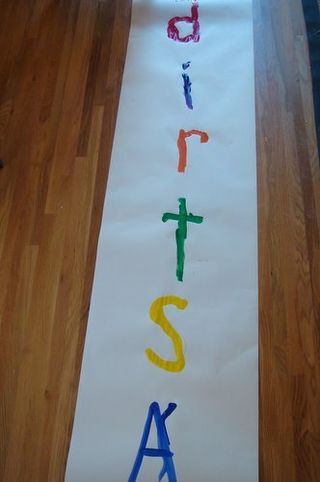 If you see that the child is inquisitive, enjoys exploring the world and is ready to learn, you can move on to learning letters and the alphabet. So the child will be happy to learn the alphabet in a playful way and gradually learn to read. So that the game is not abstract, you can use the magnetic letters TUMBLING.
If you see that the child is inquisitive, enjoys exploring the world and is ready to learn, you can move on to learning letters and the alphabet. So the child will be happy to learn the alphabet in a playful way and gradually learn to read. So that the game is not abstract, you can use the magnetic letters TUMBLING.
5 ways to learn the alphabet with your child
1. Use an interesting topic to study
Use your child's interest to spur his motivation to learn. For example, if your kid is crazy about cars, let them be the topic in which you learn the alphabet. Use any words related to cars:
"A" - bus
"B" - trunk
"C" - driver, etc.
You can show cars and their parts, draw or sculpt from plasticine. It is important that the child's focus shifts from learning to doing what they love. Additionally, the method will help expand vocabulary and knowledge about the world.
2. Cross out a letter of the alphabet in the list
Fill in a small square with arbitrary letters.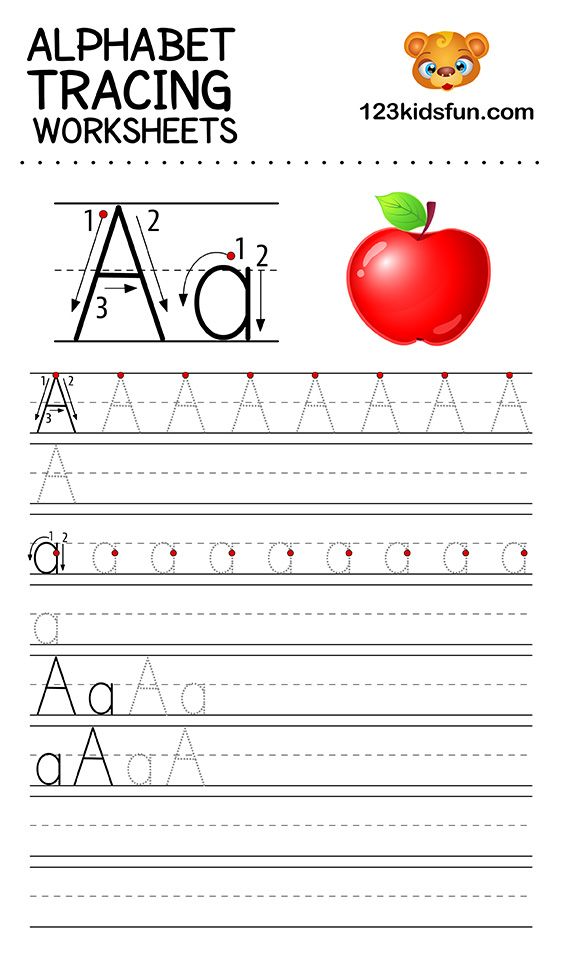 The task is to cross out only the letter that you are studying. This will help the child focus on one letter and not get distracted by the ones he doesn't remember or don't know.
The task is to cross out only the letter that you are studying. This will help the child focus on one letter and not get distracted by the ones he doesn't remember or don't know.
3. Pulling the letters of the alphabet out of the pouch
Magnetic letters Flip that feel good to the touch are perfect for this method. Put the letters in a bag and give the child the task, without looking, to pull out only the letter that you thought of. Let there not be too many letters in the bag, otherwise the child will get confused. 6-7 pieces will be enough. To start, use letters that are very different in shape, such as "O" and "M". Gradually, the complexity can be increased and searched among similar letters, for example, "K" and "X". Don't forget to praise and encourage your child. You can alternate the learning process with desktops.
4. Recognize letters of the alphabet by ear
You pronounce a word, and if it contains a hidden letter, the child claps his hands.
With this game for kids, you can learn individual letters or the entire alphabet. For example, you name a word, and the child inserts its first letter into the insert frame. To stimulate your child's interest, you can use only words from his favorite topic, for example, the names of animals.
5. Guess words starting with the first letter
You choose one letter and think of a word that starts with that letter. For example, the letter "Z":
- What is this animal with big ears and loves carrots?
- Hare!
This game form is again suitable for learning individual letters or the entire alphabet. If you learn only one letter, the child gets used to quickly recognizing it in different words. And if you give words with different letters, the child as a whole learns to understand with which letter they begin. With the study of the account and the English language will also help TUMBLING.
From the alphabet to reading
When a child learns the Russian alphabet, confidently recognizes all the letters in different words and can draw or mold them on his own, it is worth moving on to reading.